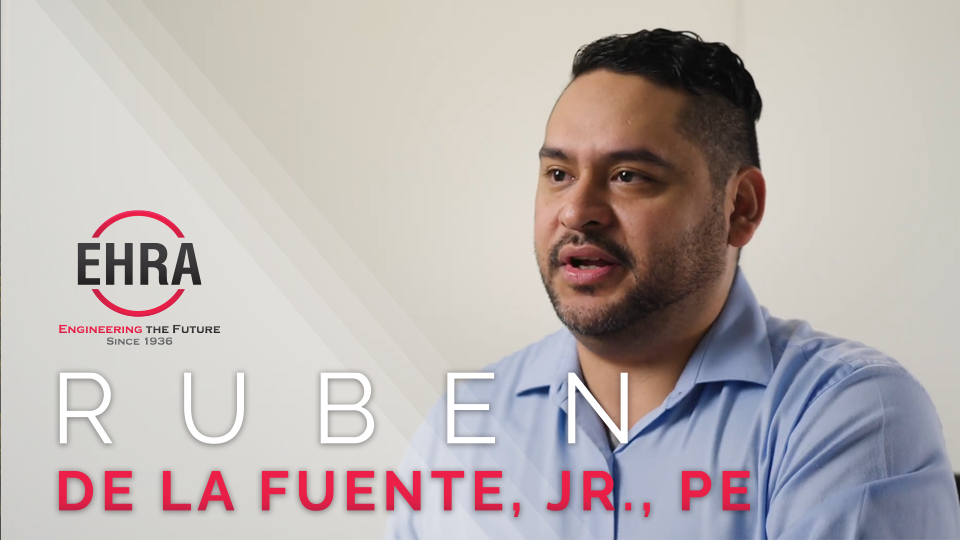

EHRA assisted with the district creation of Montgomery County Municipal Utility District No. 126 to accommodate a ±329 acre master planned community located in northern Montgomery County in the City of Conroe, south of League Line Road, west of Longmire Road, and adjacent to Lake Conroe.
EHRA was selected by the client to provide engineering design and to serve as District Engineer for the 2,400 acre Towne Lake Development. Our survey department retraced the overall boundary and performed a topographic survey of the site.
Engineering design and construction phase services of water, sewer, drainage and paving for four subdivision sections and off-site channel (123 acres out of a 400 acre subdivision). There was 60-feet of elevation difference on this site and wooded lots were left in their natural state which required the installation of retaining walls.
The new roadway design comprises of one-half major thoroughfare, conventional drainage, a 600-ft long bridge over Willow Fork Bayou, Retaining walls and intersection improvements at FM 1463 (including traffic signals and illumination).
On-going surveying for property acquisition and engineering design surveys of re-routing of Buffalo Bayou north of downtown Houston between North Main Street and McKee Street. Services to be provided include “soundings” for Buffalo and White Oak Bayous.
As projects grow more complex, timelines are tighter and expectations are elevated to engineer to a higher level of detail. Clients are looking for teams who can anticipate challenges, adapt quickly and deliver smarter solutions without compromising quality. With advancements all around us, we must advance too.
That’s where “keeping it fresh” comes in—one of EHRA Engineering’s leading core values.
For engineers, staying fresh means staying relevant. It means not only keeping up with new technologies, but also actively seeking out ways to apply them with purpose. Whether it’s advanced modeling software, real-time data integration, drone-based surveying, AI-assisted design checks or better integration with Geospatial Information System (GIS). These tools are reshaping the way we plan and design.
But progress is not automatic. It requires intention. Technology is just a tool. And like any tool, it’s only effective if we understand it and are willing to adapt our methods to take full advantage of what is possible. This means rethinking workflows, re-skilling teams and even challenging long-standing processes. As engineers, we must challenge ourselves to:
The bottom line: Innovation isn’t coming—it’s already here. The question is whether we’re prepared to meet it, not just as participants, but as leaders shaping the future of our industry. That means embracing new tools, challenging old assumptions, and staying curious even when the pace of change feels overwhelming. We have the opportunity—and the responsibility—to drive progress, not just respond to it. Let’s keep our skills sharp, our minds open, and our work firmly positioned at the leading edge.
